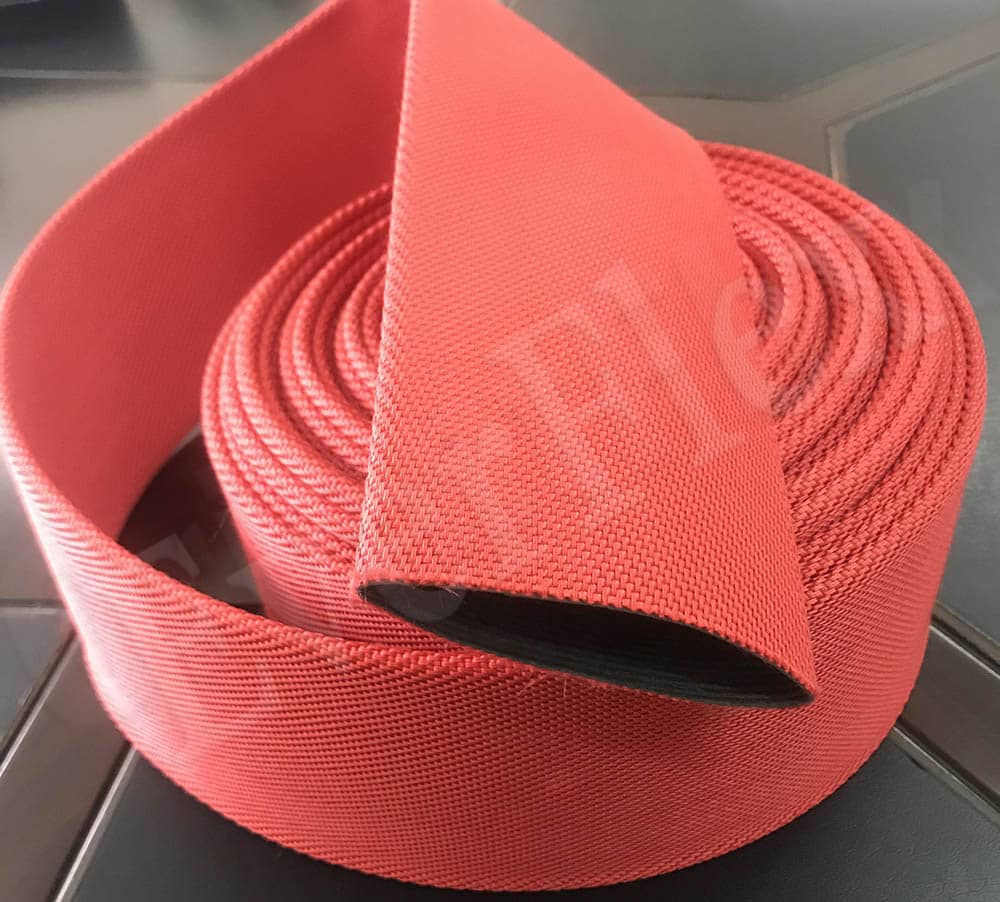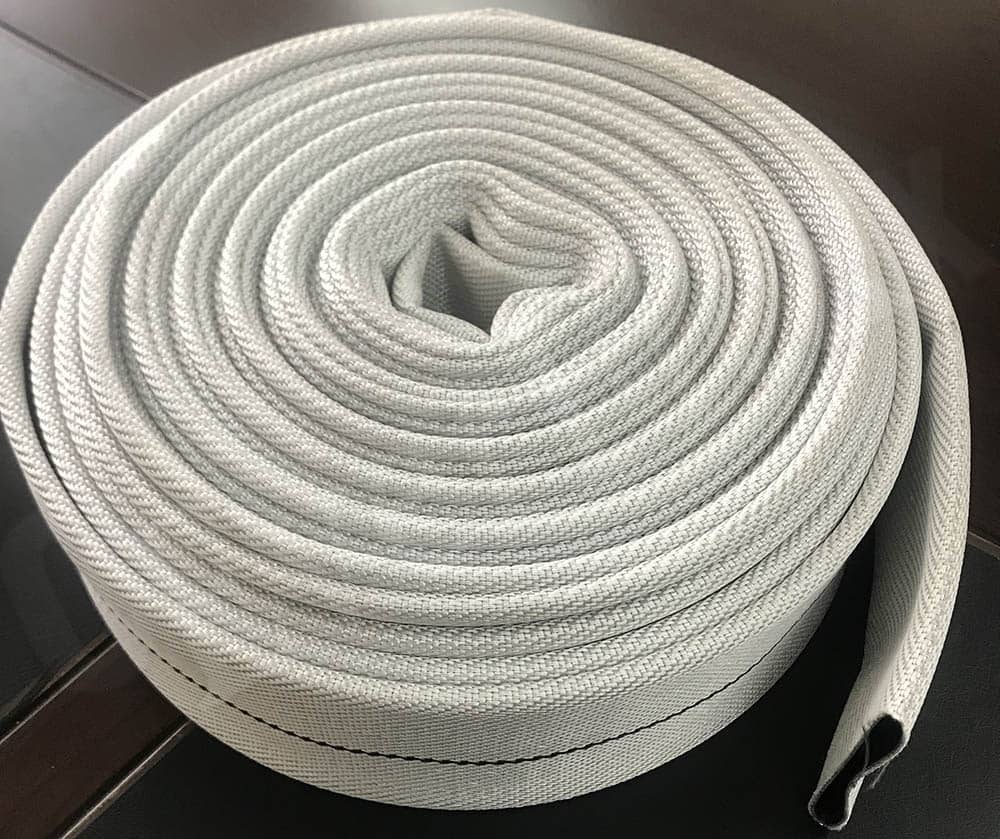The replacement schedule for fire hoses depends on multiple factors, including type, usage frequency, and maintenance practices. Below are key guidelines to help determine when to replace them, using clear transitions and active language.
NFPA Recommendations
First, the National Fire Protection Association (NFPA) sets standards for fire safety equipment, including hoses. NFPA 1962 specifically outlines inspection, care, and maintenance protocols, including replacement intervals. According to this standard, hoses should be retired 10 years after their manufacture date, regardless of whether they’ve been used. While this is a general rule, local regulations or department policies may require adjustments.
Visual Inspections
Regular visual checks are critical to identify signs of wear, damage, or degradation. If you spot cracks, leaks, or brittleness in a hose, replace it immediately—regardless of its age. Early detection of damage prevents failures during emergencies.
Usage Intensity
Heavy usage accelerates hose wear compared to light or occasional use. Fire departments that deploy hoses frequently may need to replace them more often. Monitor usage patterns to gauge when a hose’s performance may decline.
Environmental Exposure
Exposure to sunlight, extreme temperatures, chemicals, or abrasive surfaces can degrade hoses over time, potentially shortening their lifespan. Store hoses in cool, dry areas and inspect them for environmental damage during routine checks.
Manufacturer Guidelines
Some suppliers provide specific replacement recommendations for their hoses. Always follow the manufacturer’s instructions to ensure optimal performance and safety, as materials and designs may vary between brands.
Training Exercise Wear
Hoses used in training drills can experience rapid wear due to frequent inflation, dragging, or simulated emergency use. Departments should factor in training-related stress when assessing whether to replace layflat hoses, even if they’re not used in actual fires.








